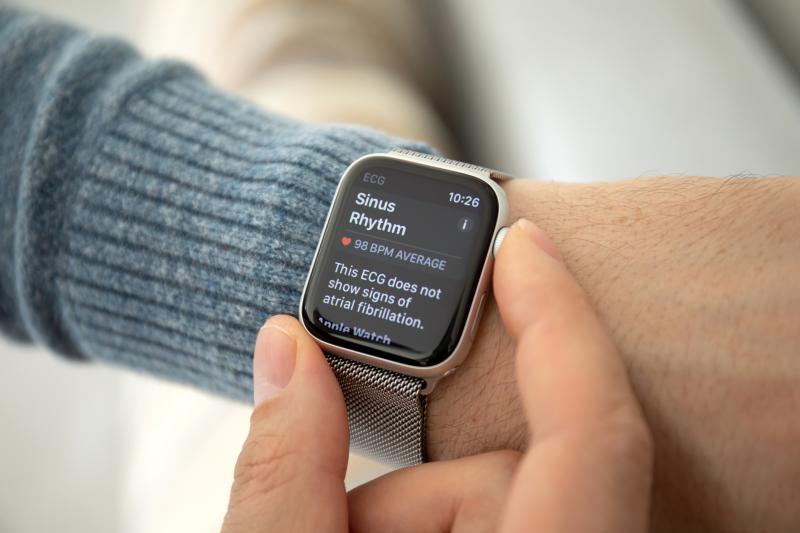Fitness trackers may help gauge lockdown adherence





Using data from wearable activity tracking devices may be useful for determining adherence to home confinement and control measures put in place to combat the coronavirus disease 2019 (COVID-19) pandemic, according to a recent study.
“Objective, real-time measures to assess populations’ adherence to confinement are essential to adapt policies and control measures accordingly,” researchers said. “In the context of the COVID-19 pandemic, activity trackers provide a valuable data set that objectively documents the time course of adherence to home confinement worldwide in response to the outbreak.”
Data from over 740,000 individuals wearing fitness trackers were accessed for the current study. Before COVID-19, the mean number of daily steps followed a consistent pattern across all countries sampled, showing a reproducible drop in counts during weekends. [J Med Internet Res 2020;22:e19787]
After different governments imposed varying levels of quarantines in response to the pandemic, noticeable changes in step counts were observed.
For instance, in countries where total lockdowns were put in place, step counts decreased greatly, changing by 25 percent to 54 percent. In those with partial lockdown measures, the researchers noted no significant clinical impact on the wearers’ physical activity, relative to prepandemic levels. Patterns of movement in the partial-quarantine countries mirrored that in territories without restriction orders.
Partial lockdowns were defined as “social distancing measures such as school closures, bar and restaurant closures, and cancellation of public meetings but without strict home confinement.”
The researchers also pointed out that in France and Spain, the tracking devices logged a steady decline in physical activity even in the days leading up to the official commitment to a quarantine. More recently, however, the activity trackers started detecting upticks in movement, potentially indicating slipping compliance to restriction orders.
The researchers also highlighted that the detected changes in activity level were all statistically significant. This may be partly due to the large volume of data used, and the uniformity with which the trends in step counts changed. Importantly, this suggests utility in terms of monitoring general adherence to lockdown measures.
“In fully locked-down countries, with the exception of Ireland, the number of steps decreased below the maximum on weekends; this shows overall good compliance with lockdown rules,” they added.
The countries sampled for the current study were chosen based on their quarantine rules and the availability of data from activity trackers. This device came in the form of a wristwatch with an embedded accelerometer for counting steps. All wearers were used that their anonymized data could be collected and used for research purposes, and written consent was collected.
“Aggregate analysis of activity tracker data, with the potential for daily updates, can inform governments and stakeholders on adherence to home confinement policies as well as their efficacy without violating citizens’ privacy,” the researchers said.